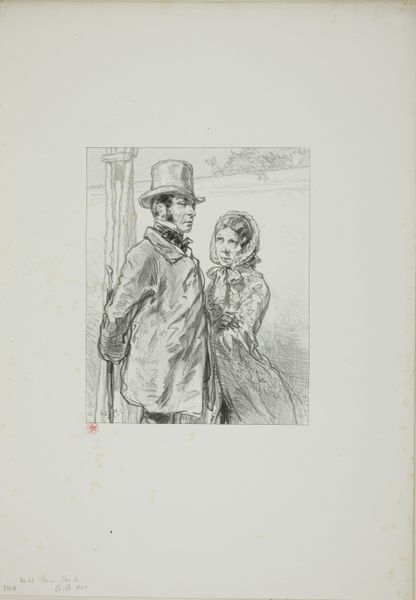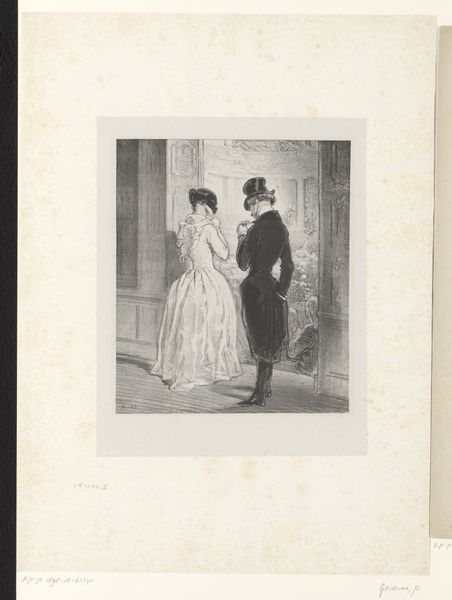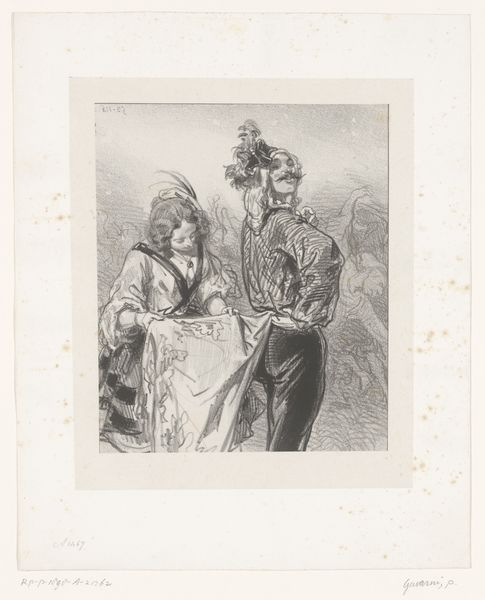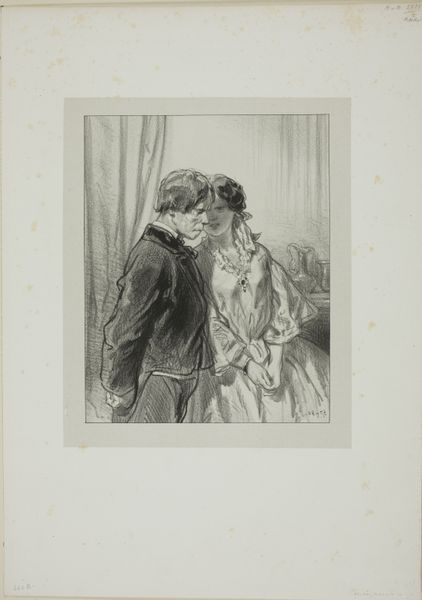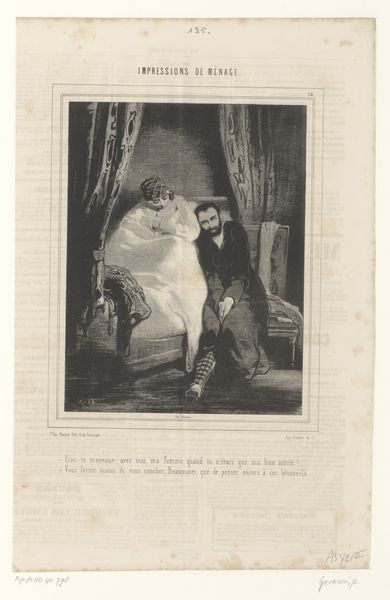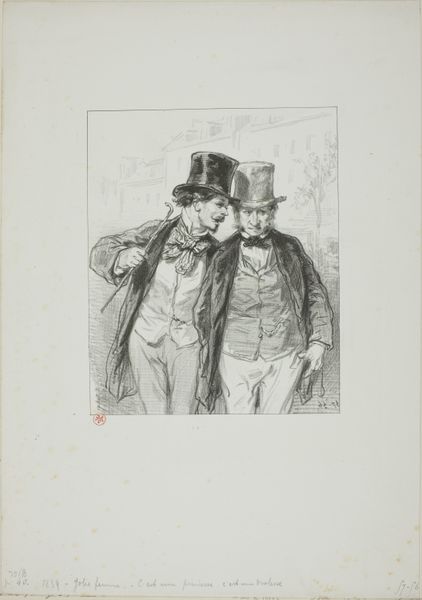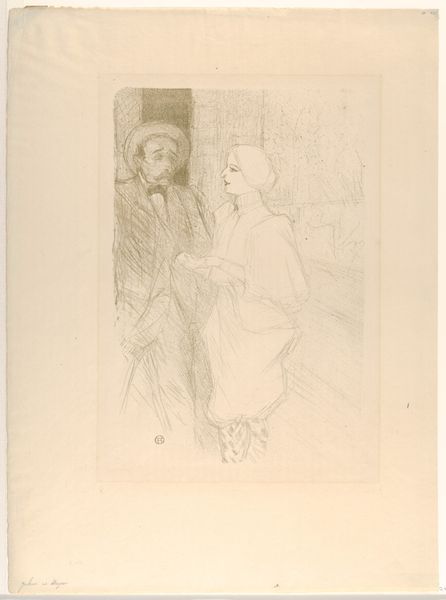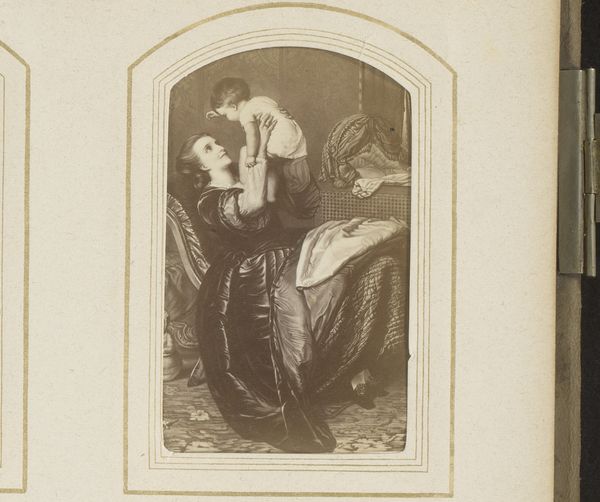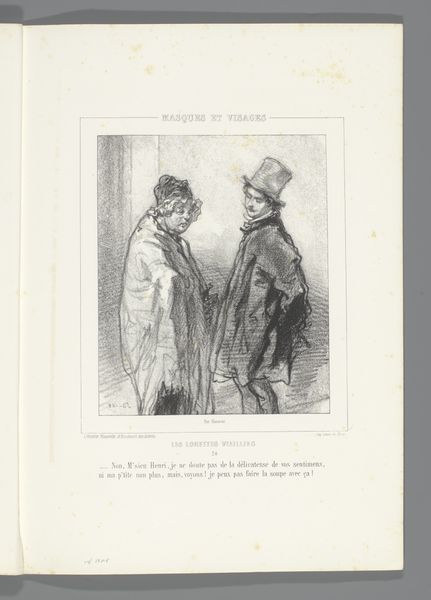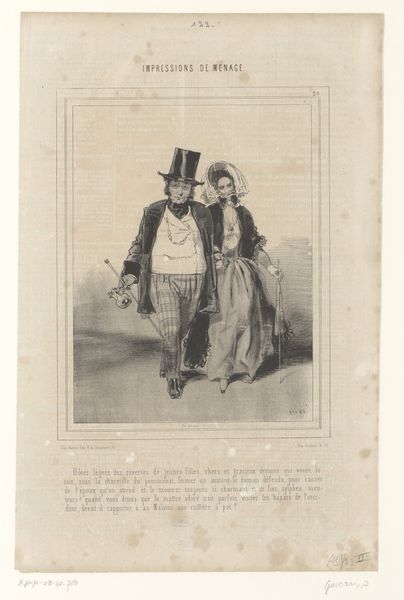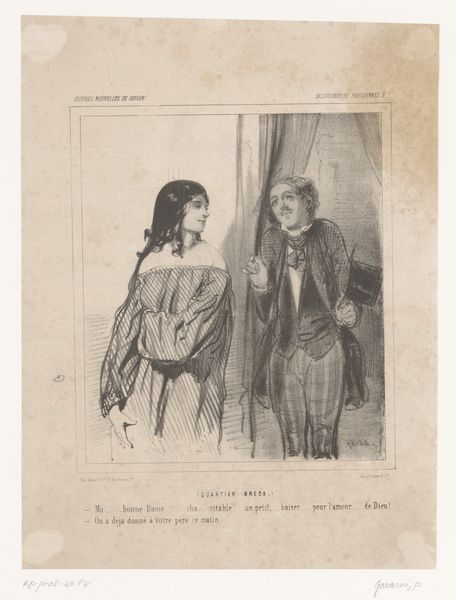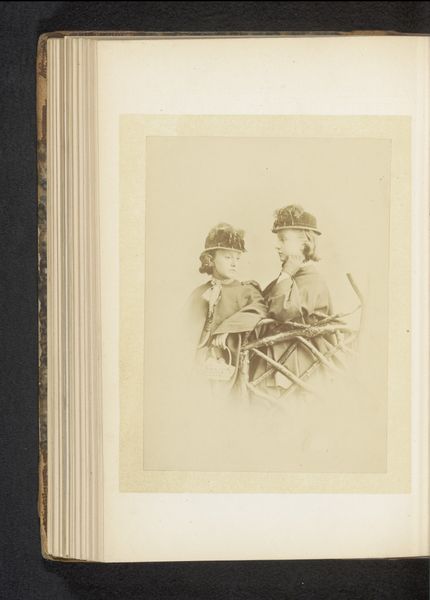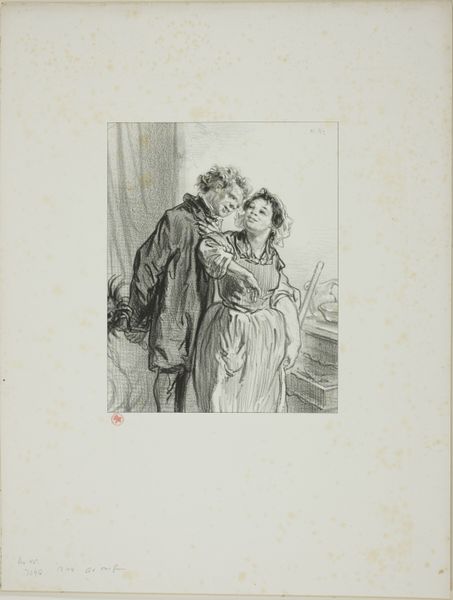
Masks and faces: Mr. Pipanthoud, vous ni affichez 1857 - 1858
0:00
0:00
drawing, lithograph, print, etching, paper
#
portrait
#
drawing
#
lithograph
# print
#
etching
#
figuration
#
paper
#
pencil drawing
#
academic-art
Dimensions: 201 × 161 mm (image); 230 × 189 mm (chine); 410 × 281 mm (sheet)
Copyright: Public Domain
Editor: Here we have Paul Gavarni’s “Masks and faces: Mr. Pipanthoud, vous ni affichez,” a lithograph etching dating from 1857-58. I’m immediately struck by the composition. The two figures are close together, yet they seem oddly disconnected. How do you interpret this work through a formalist lens? Curator: Precisely. Disconnection is key. Notice the stark contrast in line quality: the woman is rendered with delicate, almost ethereal lines, particularly in her lace bonnet. Mr. Pipanthoud, conversely, is depicted with heavier, more frantic hatching, especially around his face and coat. What does this difference in technique suggest? Editor: It makes him seem more burdened or anxious compared to her seeming calm. Is this contrast purposeful? Curator: Undeniably. Observe how the composition funnels our gaze. The framing is tight, pressing the figures towards the viewer. This intensifies the psychological tension. Semiotically, what might the title’s insistence about not displaying or posting convey, set against the visual evidence? Editor: It suggests that beneath the surface, appearances are deceiving, and there are unacknowledged aspects of their relationship. Maybe it challenges the idea of objective representation? Curator: Indeed, it speaks to the fractured nature of identity and representation within societal structures. Consider also the limited grayscale palette. It reduces the subjects to studies in light and shadow, which serve to highlight textures. And this invites critical engagement on how such features relate back to meaning and form. Editor: So the interplay of technique and subject creates this dynamic, questioning our assumptions about relationships? Curator: Exactly. And in the absence of colour or more information about its production methods, such internal interrogation is critical. One thing this makes me ask: who are we really looking at and who do these individuals want us to believe that they are? Editor: It is true—considering it from the position of questioning helps one see what the artist tried to show the audience by considering its form and semiotics. I didn’t think I'd gain such insights by concentrating only on how lines, shades, and subjects interact.
Comments
No comments
Be the first to comment and join the conversation on the ultimate creative platform.
